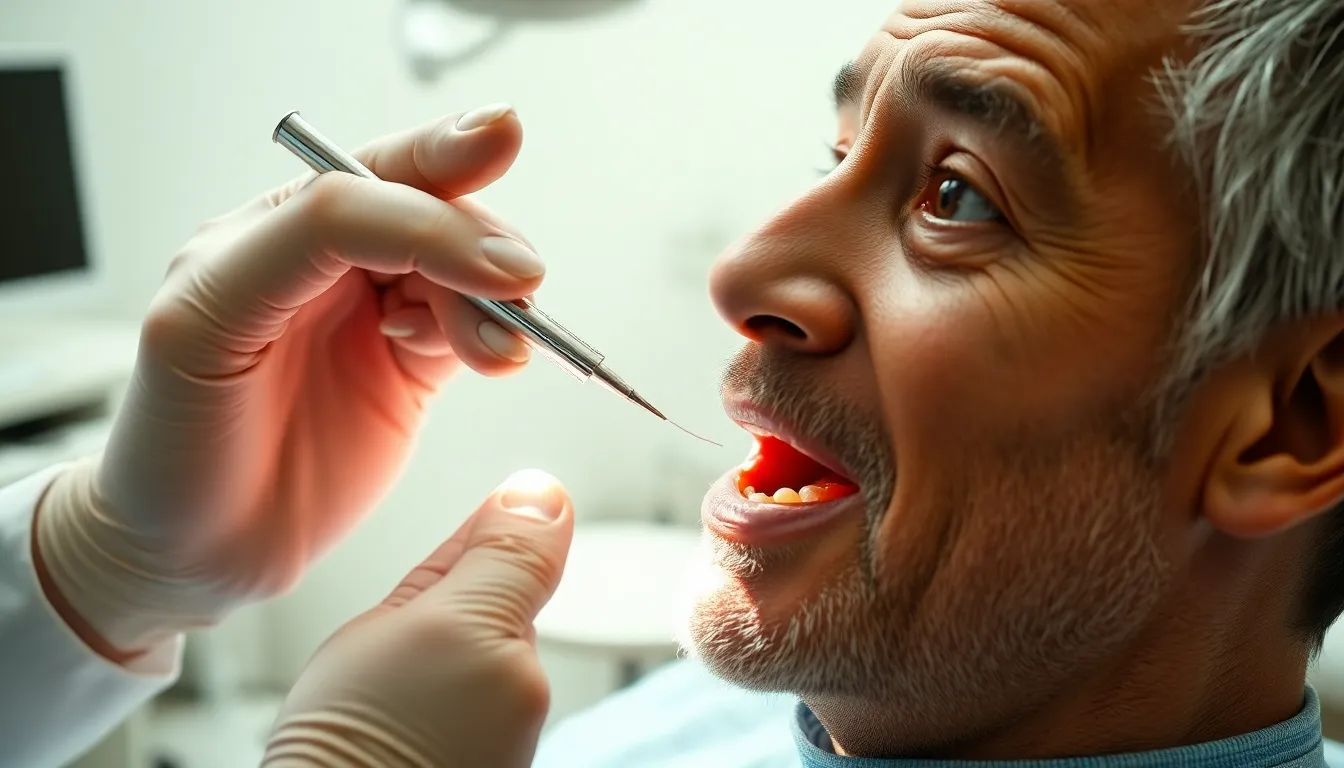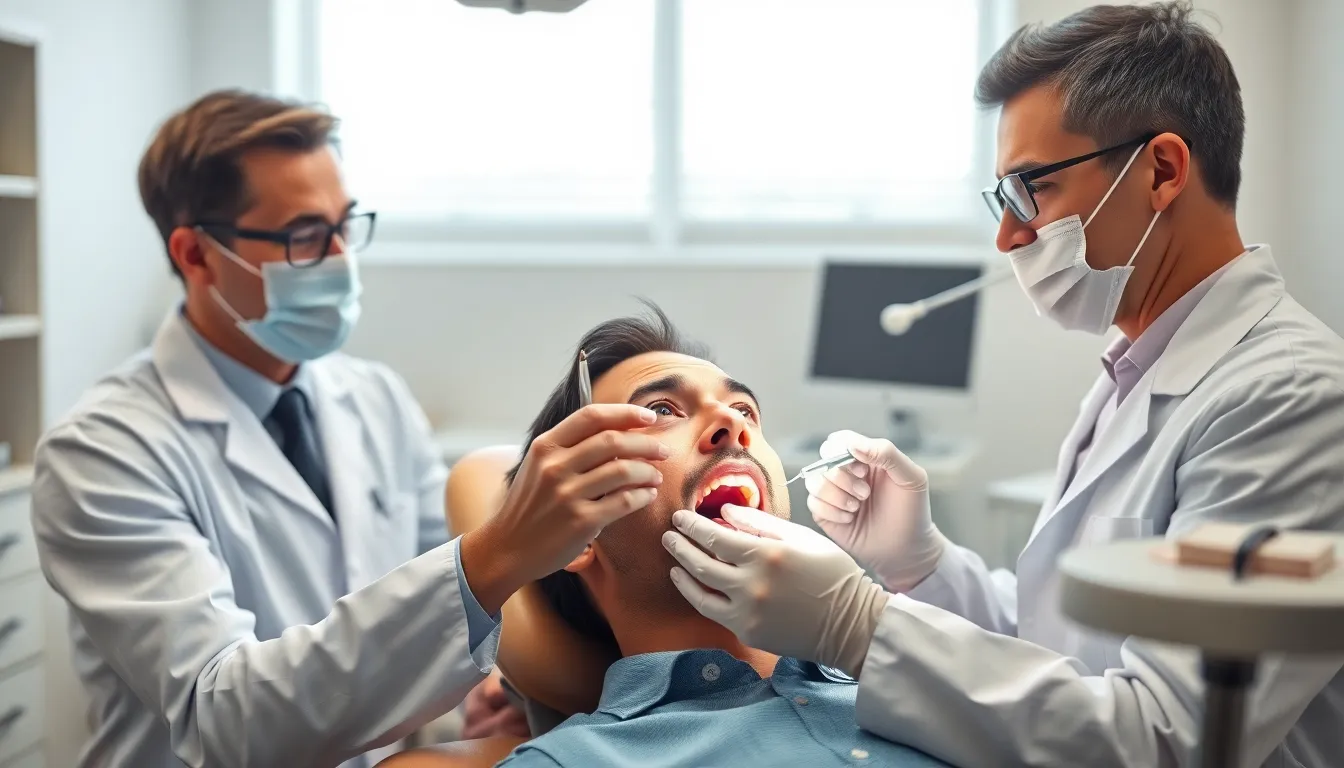Do electric toothbrushes damage teeth? It’s a question that might give you pause as you browse the dental care aisle. With powerful vibrations and rotating heads, it’s natural to wonder if these high-tech tools might harm your enamel or gums.
The truth is, electric toothbrushes have become increasingly popular for their effectiveness in plaque removal and convenience. But concerns about potential damage have persisted among dental patients. You’ve likely heard conflicting advice about whether the intense scrubbing motion could wear down enamel or irritate sensitive gums over time.
In this text, we’ll examine the evidence behind electric toothbrushes and tooth damage, helping you understand both the benefits and potential risks. You’ll discover how proper technique can make all the difference in protecting your dental health.
Understanding Electric Toothbrushes and Teeth Health
Electric toothbrushes have revolutionized daily oral hygiene routines for millions of people worldwide. Even though their popularity, questions persist about their potential impact on dental health, particularly about whether their powerful cleaning action might damage tooth enamel or harm gums.
How Electric Toothbrushes Work
Electric toothbrushes operate using motorized movement to clean teeth more effectively than manual brushing alone. These devices typically employ one of two main mechanisms: oscillating-rotating heads that move in circular motions or sonic technology that generates high-frequency vibrations (up to 31,000 brush strokes per minute). The bristles on electric toothbrushes are designed to reach between teeth and along the gumline, disrupting plaque biofilm through a combination of physical contact and fluid dynamics. Battery-powered models contain a small motor in the handle that transfers energy to the brush head, creating the distinctive movement that helps remove food particles and bacteria from dental surfaces. Many modern electric toothbrushes include pressure sensors that alert users when they’re applying too much force, helping to prevent potential damage from aggressive brushing habits.
Comparing Electric vs. Manual Brushing Techniques
Electric toothbrushes require different handling techniques compared to their manual counterparts. You simply need to guide an electric toothbrush along your teeth rather than applying the scrubbing motion typically used with manual brushes. Studies from the Journal of Clinical Periodontology show electric toothbrushes remove 21% more plaque and reduce gingivitis by 11% over three months compared to manual brushing. Electric models excel at consistency, maintaining the same cleaning power throughout the brushing session while manual brushing effectiveness often diminishes as the user tires.
Dr. Todd B. Harris notes, “I’ve observed remarkable improvements in patients who switch to electric toothbrushes, particularly those who previously struggled with proper manual technique. One patient with recurring gum inflammation saw important improvement within weeks after switching to an electric toothbrush with a pressure sensor that prevented her from brushing too aggressively.”
Positioning differs significantly between the two brushing methods. With electric brushes, you should position the bristles at a 45-degree angle to the gumline and move slowly from tooth to tooth, allowing the brush to do the work. Timer features in most electric models ensure the recommended two-minute brushing duration, while manual brushers must track time independently. Even though these advantages, proper technique remains crucial regardless of toothbrush type—even the most advanced electric model can’t compensate for rushed or improper use.
Examining the Concern: Can Electric Toothbrushes Damage Teeth?
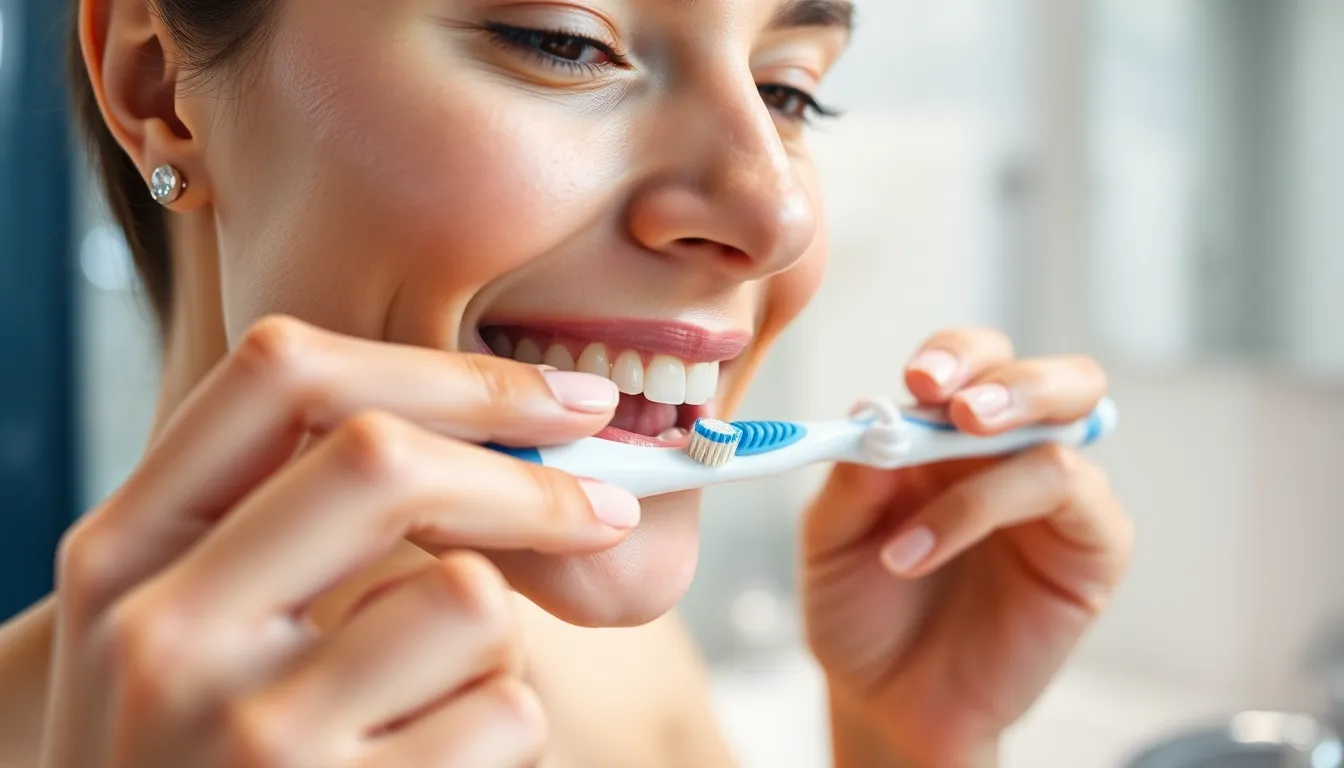
Electric toothbrushes don’t inherently damage teeth when used correctly. Their benefits for oral health are well-documented, but improper usage can potentially lead to dental issues just like with manual toothbrushes.
Enamel Abrasion Risks
Tooth enamel serves as the protective outer layer of your teeth, and maintaining its integrity is crucial for dental health. Applying excessive pressure or using aggressive brushing techniques with an electric toothbrush can wear down this enamel over time, exposing the underlying dentin. Research indicates that electric toothbrushes, particularly sonic and oscillating types, may cause more dentin abrasion compared to manual brushes when used incorrectly. Dentin exposure leads to increased tooth sensitivity and higher vulnerability to cavities. The key to preventing enamel damage isn’t avoiding electric toothbrushes but using them with gentle pressure. Let the brush’s mechanical action do the cleaning work rather than applying force yourself.
Dr. Harris recently shared a patient story about this issue: “One of my patients came in with important enamel wear after using her new electric toothbrush for just three months. She’d been pressing too hard, thinking it would clean better. After teaching her to hold the brush with just her fingertips to reduce pressure, her next check-up showed no additional wear.”
Gum Recession Concerns
Gum tissue can recede when subjected to aggressive brushing techniques, regardless of toothbrush type. Electric toothbrushes used with too much force may contribute to gum recession, which exposes sensitive root surfaces and increases decay risk. Selecting models with soft bristles helps protect your gum tissue from trauma during daily brushing. Many modern electric toothbrushes include pressure sensors that alert you when you’re applying excessive force, providing real-time feedback to develop gentler habits. Patients with existing gum recession benefit from these pressure-sensing features, as they help prevent further damage while still delivering effective cleaning.
Electric toothbrushes with pressure sensors have transformed brushing habits for many people. The visual or vibration alerts immediately signal when you’re pressing too hard, creating an opportunity to develop muscle memory for proper brushing pressure. Following manufacturer instructions for your exact electric toothbrush model ensures you’re getting optimal cleaning without risking damage to your gums or enamel.
Scientific Research on Electric Toothbrush Safety
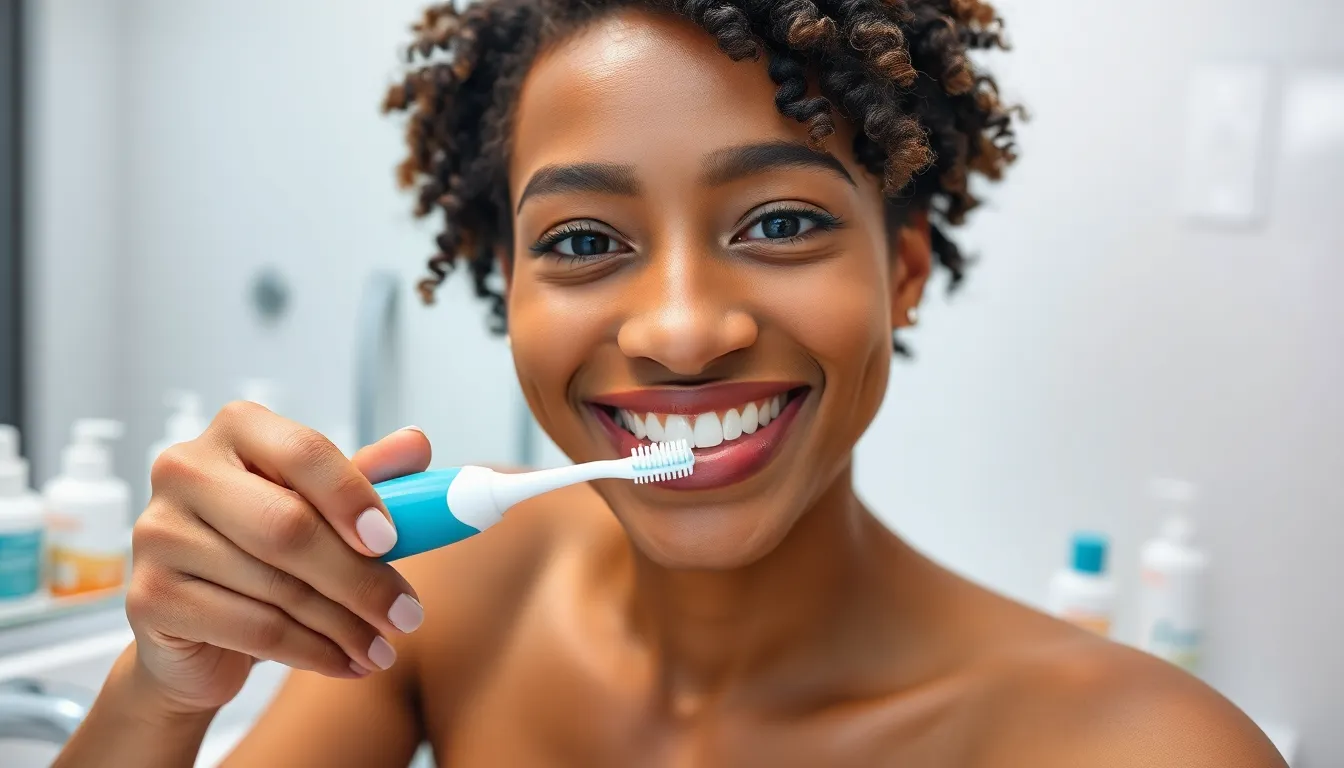
Scientific research offers crucial insights into how electric toothbrushes affect dental structures. Multiple studies have examined the potential impacts of different toothbrush technologies on tooth surfaces, with some revealing important distinctions between brush types.
Clinical Studies and Expert Opinions
Clinical trials tracking twice-daily brushing over several months found no important artificial oral tissue wear from electric toothbrushes when users applied proper technique. Dental experts consistently emphasize that excessive force, not the toothbrush type itself, is the primary factor in enamel and gum damage. Electric toothbrushes operate through vibration or rotation, requiring less manual pressure than traditional brushes.
Research indicates sonic electric toothbrushes may cause more enamel wear than vibrating types, though they typically cause less damage to cementum (the tooth root surface). Comparative studies demonstrate varying impacts across toothbrush categories – while some research found manual and electric toothbrushes affect intact enamel similarly, manual brushing caused more dentin abrasion on worn enamel, likely due to users applying greater force.
Dr. Todd B. Harris notes, “I’ve seen patients switch to electric toothbrushes and immediately press too hard, thinking they need to ‘help’ the brush work. This defeats the purpose of the technology, which is designed to do the cleaning work for you with minimal pressure.”
Long-term Effects on Dental Health
Longitudinal studies spanning up to 11 years demonstrate powered toothbrushes effectively reduce periodontal pocket depth and clinical attachment loss. These improvements contribute to better gum health and increased tooth retention over time – key indicators of successful long-term oral hygiene.
Simulated long-term brushing research found sonic toothbrushes cause the most abrasion to dentin (the layer beneath enamel), followed by oscillating toothbrushes, while manual brushes caused the least abrasion. These findings highlight the importance of gentle brushing technique regardless of the device used.
The superior plaque removal and improved oral hygiene benefits of electric toothbrushes generally outweigh potential minor damage risks when proper brushing technique is followed. Soft bristle selection and avoiding overbrushing significantly minimize risks of enamel erosion and dentin abrasion. Many patients report maintaining healthier gums and experiencing less plaque buildup after switching to electric models with proper technique instruction.
Proper Electric Toothbrush Usage to Prevent Damage
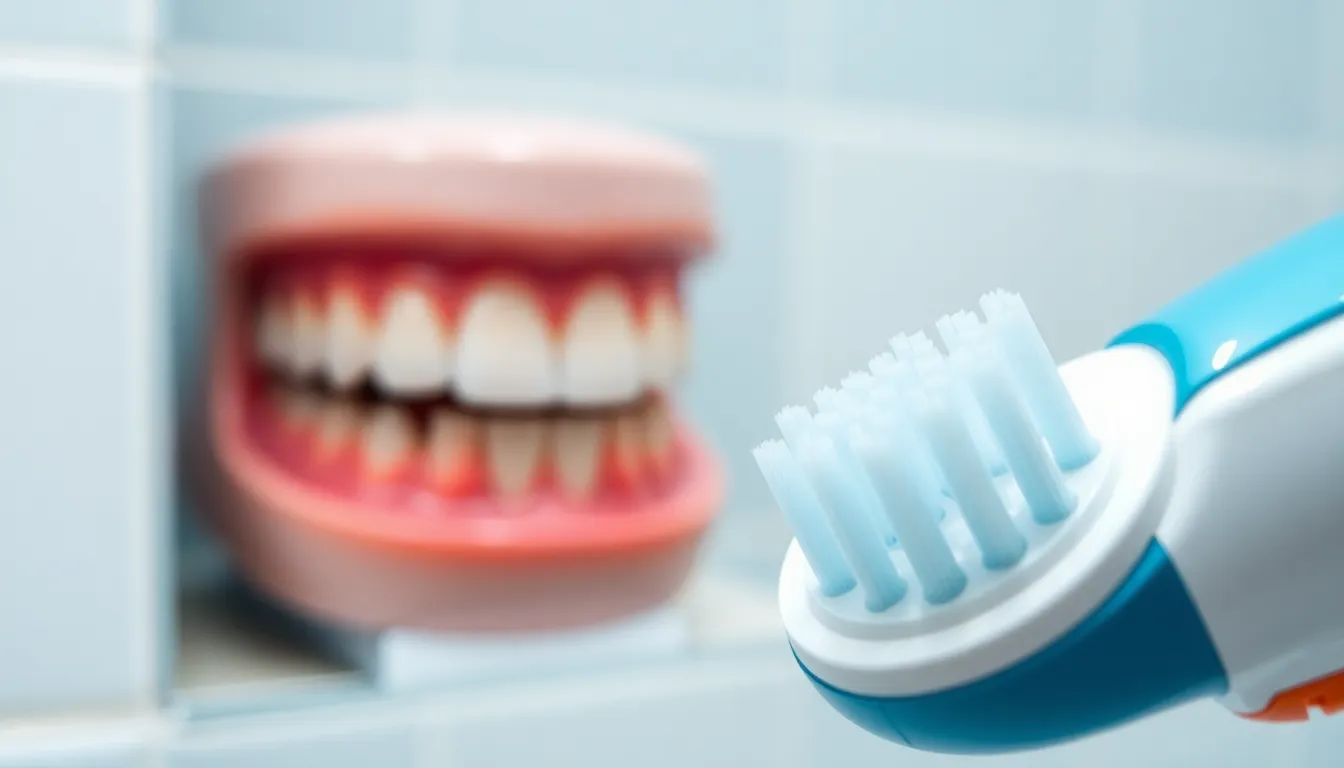
Electric toothbrushes offer superior cleaning benefits but require proper technique to avoid potential damage to teeth and gums. Learning the correct usage methods ensures you’ll maintain optimal oral health while preventing unnecessary wear on your enamel and dentin.
Choosing the Right Pressure Setting
Modern electric toothbrushes come equipped with pressure sensors that alert you when you’re brushing too aggressively. These built-in sensors illuminate, vibrate, or pause pulsations when excessive force is detected, protecting your enamel from unnecessary abrasion. Select a model with adjustable intensity levels to customize your brushing experience based on your sensitivity needs and dental conditions.
Soft or extra-soft bristled brush heads significantly reduce the risk of enamel abrasion and gum damage compared to medium or hard alternatives. Many patients notice immediate improvements in comfort after switching to softer bristles while maintaining effective plaque removal.
“I always recommend electric toothbrushes with pressure sensors to my patients who show signs of aggressive brushing,” notes Dr. Todd B. Harris. “One patient came in with important gum recession from years of scrubbing with a manual brush. After switching to an electric model with a pressure sensor, her technique improved dramatically, and we’ve seen no further progression of the recession.”
Correct Brushing Technique
Electric toothbrushes perform the cleaning work for you through their motorized movements. Hold your brush at a 45-degree angle to the gum line and let the bristles do the work without applying excessive force. Gentle, short strokes work best as the brush’s technology effectively disrupts plaque biofilm without manual scrubbing motions.
Brush for the dentist-recommended two minutes, dividing your mouth into four quadrants and spending 30 seconds on each section. Electric models with built-in timers help ensure even coverage of all tooth surfaces. Move systematically around your mouth rather than brushing randomly to guarantee complete cleaning.
Studies show that electric toothbrushes remove up to 21% more plaque than manual brushing when proper technique is used. Focus on maintaining light pressure – just enough to feel the bristles against your teeth and gums without causing discomfort or deflection.
Regular dental check-ups complement proper electric toothbrush usage by allowing your dentist to monitor your technique and provide personalized guidance. Your hygienist can identify areas you might be missing or applying too much pressure, helping you refine your approach for maximum benefit with minimal risk.
Who Should Exercise Caution with Electric Toothbrushes
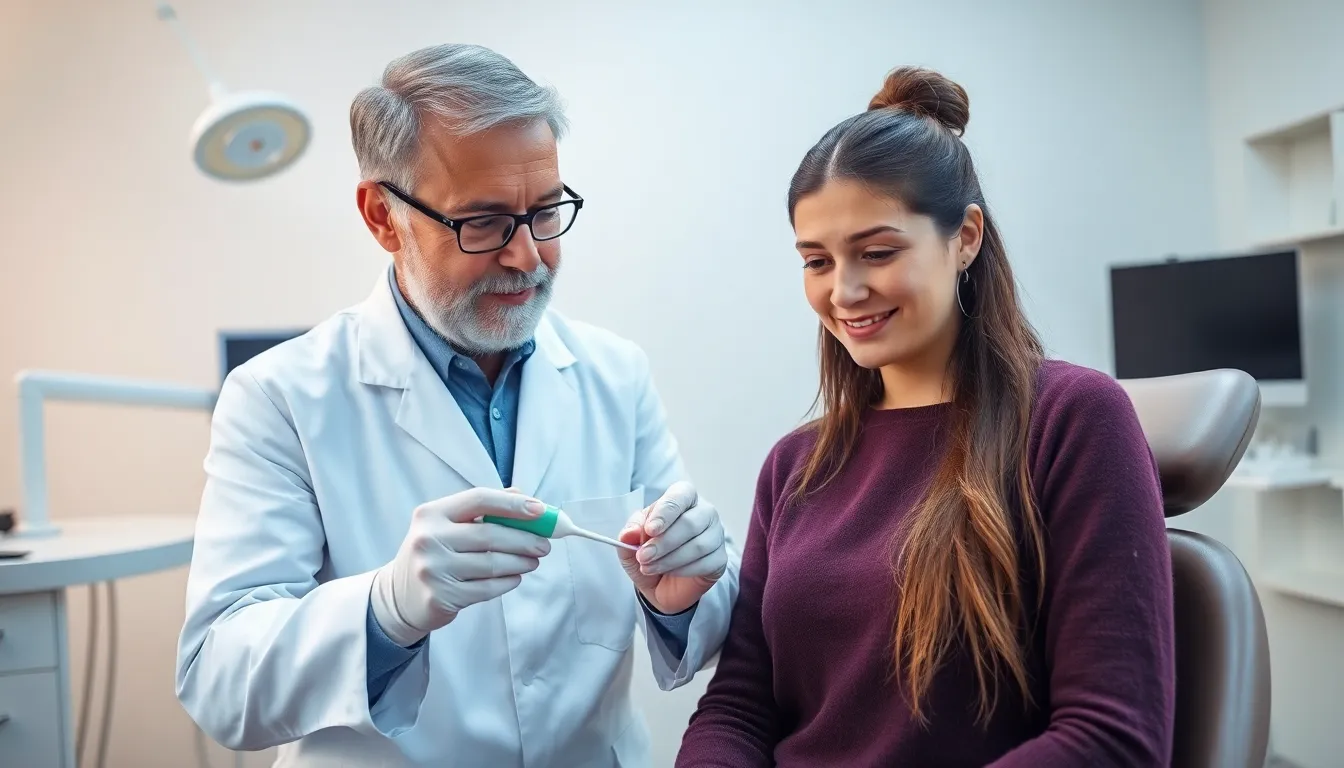
Electric toothbrushes offer excellent cleaning benefits for most users, but certain groups need to be particularly mindful when using these powered devices. Taking extra precautions ensures you’ll receive the benefits of electric brushing without risking damage to your teeth or existing dental work.
People with Sensitive Teeth or Gums
If you have sensitive teeth or gums, you’re more susceptible to irritation and enamel wear from electric toothbrushes. The rapid oscillations can sometimes aggravate already sensitive areas, especially when combined with too much pressure. Many patients with sensitivity report discomfort when first switching to an electric toothbrush, though this often subsides as they adjust their technique.
“I see many patients with tooth sensitivity who love their electric toothbrushes but needed guidance on proper use,” shares Dr. Todd B. Harris. “One patient came in with worsening sensitivity after getting a new high-powered sonic brush. After showing her how to let the brush do the work without pressing hard, her sensitivity issues dramatically improved within weeks.”
To protect sensitive teeth and gums, select an electric toothbrush with multiple intensity settings. Starting with the lowest setting allows your teeth and gums to adapt gradually. Extra-soft bristle heads are particularly important for sensitive mouths, providing effective cleaning with minimal abrasion risk.
Those with Dental Restorations
Dental work such as crowns, veneers, bridges, and fillings requires special consideration when using electric toothbrushes. These restorations can potentially be damaged or loosened by aggressive brushing techniques. The bonding materials holding veneers or crowns in place might weaken over time with excessive force.
Composite fillings are particularly vulnerable to abrasion from overzealous brushing, which can create rough edges or even contribute to their breakdown. Porcelain veneers, while durable, can chip if repeatedly subjected to unnecessary force from powered brushing.
For optimal care of your dental restorations, use a gentle touch when brushing these areas. Electric toothbrushes with pressure sensors provide valuable feedback to help you maintain appropriate force. Many dental professionals recommend sonic or ultrasonic models over rotating-oscillating types for patients with extensive dental work, as they clean effectively without requiring direct contact with each tooth surface.
Regular check-ups become even more crucial if you have dental restorations and use an electric toothbrush. Your dentist can inspect your restorations for any early signs of wear and provide personalized guidance on protecting your investment in your smile.
Benefits That Outweigh Potential Risks

Electric toothbrushes offer important advantages that far exceed their minimal risks when used correctly. Research consistently demonstrates their superiority in maintaining oral health compared to manual brushing techniques.
Improved Plaque Removal
Electric toothbrushes excel at removing plaque from your teeth, particularly models featuring oscillating or rotating heads. These powered devices disrupt and clear away plaque more thoroughly than manual brushes, reaching areas that are typically difficult to clean. Multiple studies confirm that electric toothbrushes remove significantly more plaque and debris than their manual counterparts, leading to more effective daily oral hygiene routines. The mechanical action of an electric toothbrush works consistently throughout your brushing session, maintaining optimal cleaning power even when your attention might waver.
Dr. Harris notes, “I’ve observed remarkable improvements in patients who switch to electric toothbrushes. Their plaque scores typically drop by 15-20% within just a few weeks of consistent use.”
Better Oral Health Outcomes
Long-term research demonstrates impressive health benefits from regular electric toothbrush use. An 11-year cohort study revealed that people using powered toothbrushes retained more natural teeth and experienced less progression of periodontal disease markers compared to manual brush users. Your gums benefit tremendously from electric toothbrush use, with comprehensive reviews showing these devices consistently reduce gingivitis more effectively than manual brushing techniques.
Electric toothbrushes contribute to fewer cavities over time, helping you maintain your natural teeth longer. The combination of superior plaque removal and consistent brushing pressure creates an optimal environment for oral health maintenance.
Conclusion
Electric toothbrushes don’t damage teeth when used correctly. The key is proper technique – gentle pressure with soft bristles and the right angle. Modern models with pressure sensors actually help protect your enamel and gums by preventing aggressive brushing.
Research consistently shows electric toothbrushes offer superior plaque removal and improved oral health outcomes compared to manual brushing. They’re particularly beneficial for maintaining healthy gums and reducing cavities long-term.
Remember to select the appropriate settings for your needs especially if you have sensitive teeth or dental work. With the right approach and regular dental check-ups you’ll maximize the benefits while minimizing any potential risks. Your investment in an electric toothbrush can pay dividends in dental health for years to come.
Frequently Asked Questions
Can electric toothbrushes damage teeth?
No, electric toothbrushes do not damage teeth when used correctly. The potential for damage comes from improper technique, not the toothbrush itself. Using excessive pressure or aggressive brushing can wear down enamel and harm gums regardless of whether you’re using an electric or manual toothbrush. Modern electric toothbrushes often include pressure sensors specifically designed to prevent this type of damage.
Are electric toothbrushes better than manual ones?
Yes, research consistently shows electric toothbrushes are more effective than manual brushes. They remove more plaque and reduce gingivitis more effectively due to their motorized movements (either oscillating-rotating or sonic technology). Studies demonstrate that long-term electric toothbrush users experience better oral health outcomes, including fewer cavities and less periodontal disease progression, helping people retain their natural teeth longer.
How should I use an electric toothbrush correctly?
Hold the brush at a 45-degree angle to your gum line and use gentle, short strokes without applying pressure—let the brush do the work. Brush for two minutes, dividing your mouth into quadrants. Use soft or extra-soft bristled brush heads and select appropriate pressure settings. Most importantly, don’t press hard; electric toothbrushes are designed to clean effectively without additional force.
Can people with sensitive teeth use electric toothbrushes?
Yes, but with precautions. Start with lower intensity settings and use extra-soft bristle heads to minimize irritation. Look for models with pressure sensors to prevent aggressive brushing. Individuals with sensitive teeth should consult their dentist for personalized recommendations. With proper technique and the right model, electric toothbrushes can be effective even for those with sensitivity.
Do electric toothbrushes cause gum recession?
Electric toothbrushes themselves don’t cause gum recession—aggressive brushing does, regardless of toothbrush type. Using excessive pressure while brushing can traumatize gum tissue and lead to recession over time. Electric toothbrushes with pressure sensors actually help prevent this problem by training users to apply gentler pressure while still effectively cleaning teeth and gum lines.
Are electric toothbrushes safe for dental work like crowns and fillings?
Yes, but gentle technique is crucial. Use models with pressure sensors and consider sonic or ultrasonic options, which may be preferable for extensive dental work. Apply minimal pressure and follow your dentist’s specific recommendations. Regular dental check-ups are important to ensure restorations remain in good condition. When used correctly, electric toothbrushes are safe and effective for cleaning around dental restorations.
How often should I replace my electric toothbrush head?
Replace your electric toothbrush head every 3-4 months, or sooner if the bristles appear frayed. Worn bristles clean less effectively and can potentially damage enamel and gums. Some models have indicator bristles that fade when replacement is needed. Regular replacement ensures optimal cleaning performance and helps prevent potential damage from worn brush heads.
Which type of electric toothbrush is least likely to cause damage?
Models with pressure sensors, soft bristles, and variable intensity settings are least likely to cause damage. Research suggests that while sonic toothbrushes may cause slightly more enamel wear than vibrating types, they generally result in less damage to root surfaces. The best choice depends on your specific needs—consult your dentist for a personalized recommendation based on your oral health condition.



